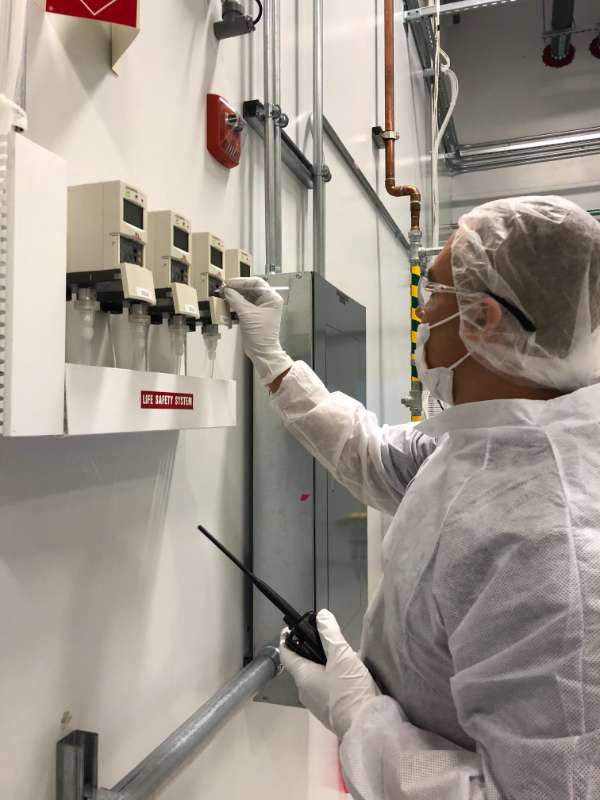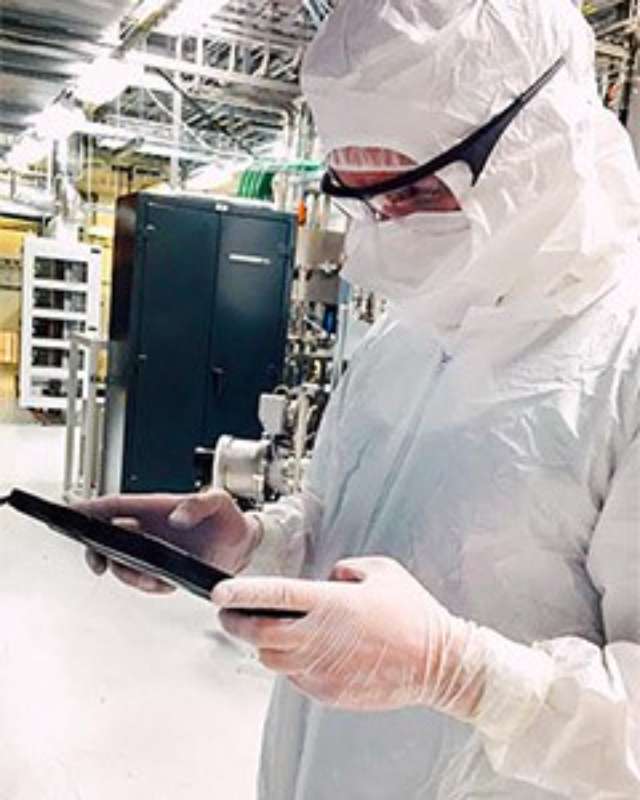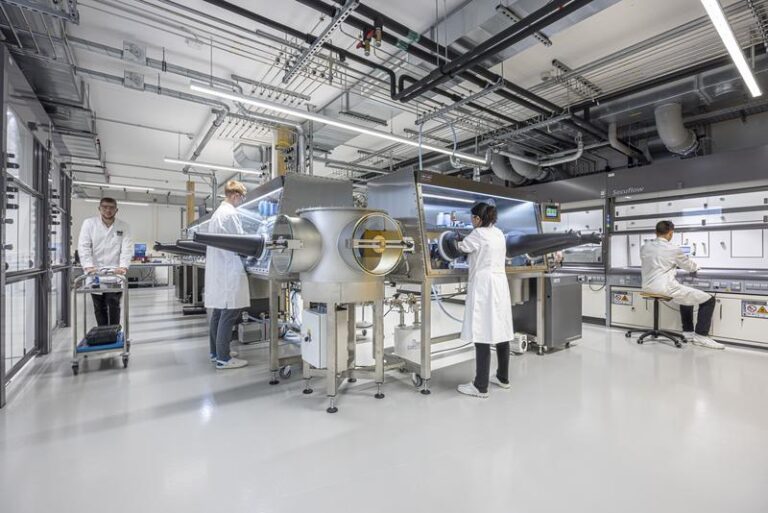
5 Must-Have Pieces of Gas Detection Equipment for Safety
In environments where hazardous gases pose potential health and safety threats, gas detection equipment is a critical line of defense. Whether it’s in a manufacturing facility, laboratory, wastewater
Read more


